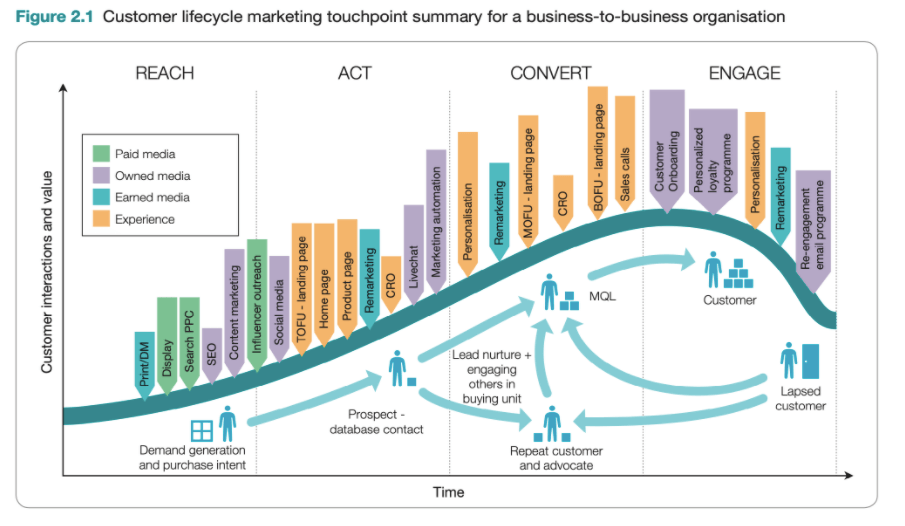The most effective types of content on social media in 2025 [new data]
It’s 2025, and the highest-ROI marketing channel is still good ol’ social media. I’ve created social media content for just about everyone: government offices, nonprofits, small businesses, solopreneurs, and more.
![The most effective types of content on social media in 2025 [new data]](https://www.hubspot.com/hubfs/Copy%20of%20Featured%20Image%20Template%20Backgrounds%20%2816%29.png)
It’s 2025, and the highest-ROI marketing channel is still good ol’ social media. I’ve created social media content for just about everyone: government offices, nonprofits, small businesses, solopreneurs, and more.
Sharing content on social media is a no-brainer for brands. But orienting yourself on the basics of social media, types of content, trends, etc. is a heavy lift.
Whether you’re looking for a strategy refresh or trying out a new channel for the first time, this is your guide to the different types of social media content, what works best, and how it can empower your business. I’ll dive into the data and trends so you can clearly see where to invest in 2025.
Different Types of Social Media Content
We used to talk about content formats in conjunction with social media platforms: photos equal Instagram, videos equal YouTube, text equals Twitter. Now, most social media platforms are a mosaic of content types. Here are the most popular formats today.
1. Short-Form Video
As a consumer, who hasn’t felt the gravitational pull of short-form videos? They’re fun to watch, (too) easy to binge, and relatively fast for businesses to create. These quick, stimulating videos are the most engaging social media content there is.
According to our 2025 Marketing Trends Report, short-form videos are more important than ever for businesses:
- 21% of social media marketers said that short-form video content has the highest ROI.
- Short-form video content is the #1 priority among social media marketers.
- 17% said that they plan to increase their investment in short-form video in 2025.
Short-form videos can be published on TikTok, Instagram, Facebook, YouTube, Pinterest, LinkedIn, and X (previously Twitter). Take a look at our latest Social Media Video Trends Report to see where these platforms stack up against each other.
The TikTok video below is a great example from Brooki Bakehouse, sharing a behind-the-scenes look at what it’s like running a bakery. This content format is highly relatable and markets the business without the video content feeling like marketing. It’s also a low-budget way to create short-form videos.
Great for: Brand awareness, lead generation, and showcasing customer success.
2. Long-Form Video
Video content is now so diverse that it’s been split into several different social media content categories. Despite having lower ROI than short-form videos, long-form video content is still relevant and in demand on social media. A few quick differences from short-form video content:
- Longer = more costly to produce.
- Consumers expect higher production quality.
- Content needs to be highly engaging, as the average viewer lacks the attention span to finish long-form content.
I only watch longer video content when I’m emotionally invested in a brand’s voice, mission, or product. Short-form videos are great top-of-funnel content, while long-form content nurtures existing leads.
Below is a long-form video example from the coffee accessory company AeroPress. This company knows that its target audience is interested in the lifestyle that accompanies its product, and they create videos that cater to that lifestyle:
Great for: Relationship building, customer retention, and customer education.
3. Live Video
Don’t forget live video! This format has the third-highest ROI of all social media content types, but is one of the least-used content types according to surveyed marketers. This digital marketing medium packs a punch, and brands that ignore it are missing out on an incredible connection opportunity.
Live video gained popularity during the pandemic, allowing remote participation in events. Twitch and other popular live-streaming platforms let people interact with their favorite creators in real time. I like seeing brands use live video because it can’t be faked: There’s no AI or repurposed content. It feels like a genuine investment in engaging with viewers.
You can choose a virtual-only live video, or live stream an in-life event to offer physical audience members and virtual viewers the same real-time experience. Here’s an example of a live-streamed event from Sephora:
Great for: Customer engagement, solution education, and building trust/credibility.
4. Images
When asked about the type of content that they use most, marketers reported that images were used almost as frequently as short-form video. Images are convenient because they can be shared on all social media channels. The image umbrella primarily includes photography, not designed graphics (that’s the next point).
Some easy image post ideas include:
- Product announcements.
- Before and after photos.
- Product photography.
- Behind-the-scenes.
- Office life.
Here’s an example of a simple image post from The Woobles showcasing new products:

Great for: Product awareness, storytelling, and staying top of mind.
5. Infographics/Carousels
Infographics are a content type with the share-ability and visual appeal of photos but are filled with helpful data and information. It’s an impactful form of social media content and educational content. Infographics are effective, too, with 51% of marketers who regularly use them saying they yield high ROI.
I’m also lumping carousels in here with infographics — I think carousels are even more valuable in 2025 than raw infographics. I say this based on both user behavior and preferential treatment in the algorithm. Did you know that if your Instagram followers see the first page of your carousel but didn’t engage, Instagram will show it again, but swiped to a different slide to catch the viewer’s attention?
Carousels have become extremely popular on certain social media platforms (like Instagram, LinkedIn, and even TikTok). Both infographics and carousels serve the same purpose: Use this content format to educate and share industry news. Here’s an example from apparel brand Gnara that educates viewers on the history of women’s pants:
Great for: Industry authority, shareability, and customer education.
6. Text Posts
We see text-based content on social media every day, from X “threads” to Meta’s Threads app to thought leadership posts on LinkedIn. The primary goal is to share insight through words — you can pair it with an eye-catching image, but the focal point is the writing itself.
Blogs are popular text-based content where people read longer posts and discover helpful information. But a common mistake is sharing blog links directly on social media. Social platform algorithms don’t favor linking out; they want viewers to stay!
Marketers reported that their blog or website is the #2 area seeing an increased investment this year, and sharing snippets as text-only posts on social media is a great way to repurpose. Break a blog post down into snackable takeaways that are more suitable for social users’ habits.
Here’s an example of a highly engaging text post from copywriter Jasmin Alić on LinkedIn:

Great for: Engagement, problem awareness, and product awareness.
7. User-Generated Content (UGC)
User-generated content (UGC) is content your audience creates that features your business/brand that is not paid for by your business. For example, someone shares a non-sponsored Instagram Reel about how much they like your product or posts a picture wearing your clothing and tags your business.
UGC is seeing an increase in investment in 2025. Marketers reported that it was their third-highest focus area, behind short-form video and images.
UGC pays off, as customers trust reviews from friends and family more than they trust branded ads. Nearly 80% of people say UGC highly impacts their purchase decisions, considerably more so than branded content and influencer content.
This type of content is powerful because it helps your audiences see that people use and like your products, vouching for you in a real-life way. Why toot your own horn if you can get someone else to do it, right? It naturally funnels in new social media followers.
Here’s an example of user-generated content posted by India @ourwanderlust_life featuring the Stasher Bag. Stasher Bag commented on this post, which is a free way to boost user-generated content in the algorithm and get more exposure.
I already own several Stasher Bag products, and seeing people using their product reminds me of its value. UGC brings in new leads while reinforcing the buying decision of past customers.
Great for: Lead generation, brand awareness, and conversions.
8. Audio Chat and Live Rooms
Remember when Clubhouse was all everyone could talk about?! That frenzy has passed, but audio chats and live rooms are here to stay. Many platforms have native audio features, like X Spaces, LinkedIn Live, and Facebook Live Audio.
Audio content is particularly trendy among Gen Z, the biggest social media demographic. A 2024 Spotify study found that Gen Z enjoys audio content because it creates a feeling of genuine connection (more so than other online content).
Audio chat rooms let brands directly communicate with audiences and develop closer relationships than seeing a billboard or watching a YouTube video. And, during a time when customers value connections with brands more than ever, audio chat rooms are a valuable tool.
This type of content isn’t my style as a consumer, but this shows the value of a diverse content strategy: The same content won’t speak to every consumer. Having multiple social media accounts and sharing different types of content will help you create a wide funnel. Here’s an example from a chat hosted by The SAS Collective on X:

Great for: Conversions, industry authority, and community building.
9. Forums and Private Groups
There’s more to a social media strategy than just gaining followers and making sales. Some brands are facilitating a genuine community around their product. One of the most effective ways to do this is through forums and private groups.
When asked about the biggest benefits of building social media communities, marketers cited increased brand sentiment/loyalty as the top benefit.
I’m a part of several company groups. As a consumer, I’m much more likely to remember and recommend a product when I’m a part of a tangible group with other customers. It makes me feel like the brand cares about my success with their product, not just the sale.
Here’s an example from the pressure cooker company Instant Pot®. This group keeps its audience engaged by creating a place to share recipes, troubleshoot together, and celebrate wins:

Great for: Referrals, audience engagement, and social proof.
10. Content That Represents Brand Values
Almost half of marketers say that content reflecting brand values is part of their existing social media strategy. This type of content is anything that highlights what your company stands for, such as commitments to sustainable production practices, fair treatment of employees, social justice, and more.
Consumers care more than ever about what the brands they buy from stand for and the values they have. They want to know the causes that businesses support and the commitments made to bettering the world.
If you need an example of doing brand value content right, look no further than Patagonia. It’s not just about loyalty: Marketers also say that it has the 5th biggest ROI of any trend. Marketers also report that creating content that reflects brand values is a top priority in 2025.
Great for: Building trust and credibility.
11. Shoppable Content
Shoppable social media content allows consumers to browse through products on your accounts, discover things they like, and even make a purchase without leaving the app.
The image below is an Instagram shop for Ink Meets Paper, where someone can browse its products, find what interests them, and make a purchase. This is a valuable content type as social shopping is currently on the rise, and consumers are discovering new products and buying products on social media apps more than ever before.
In fact, social media is the most popular way for Gen Z, millennials, and Gen X to discover new products — over one in five have made an in-app purchase in the past three months. No wonder 87% of marketers said they would increase their investment in social selling enablement tools in 2025.

Great for: Conversions and product awareness.
12. Ephemeral/Disappearing Content
Ephemeral/disappearing content is content that only stays up for a certain amount of time, like Instagram Stories that disappear after 24 hours. Leveraging people’s FOMO (fear of missing out) is one of the oldest tricks in the marketing playbook. The feeling is amplified even more on social media.
Users only have a set period to engage with disappearing content, so they might be more eager to keep track of your profiles and keep returning to experience it.
Creating quizzes and polls in your Stories is a great way to leverage this type of content. People only have a certain amount of time to respond, generating excitement and immediate action and inspiring respondents to come back and see results.
See the Instagram story example below from Harvard Business Review, or browse more ideas from LEGO, NASA, Outback Steakhouse, and more.

Great for: Customer engagement, lead nurturing, and education.
13. Educational Content
This is less of a content format and more of a content type. Educational content shares helpful information with audiences that helps them reach their goals and meet their needs. Any of the content types we’ve discussed can deliver educational content: infographics, videos, text-based posts, images, etc.
Educational content is perfect for all social media channels. HubSpot often shares educational content through YouTube videos, where viewers can learn more about concepts of interest, like this example below:
Great for: Problem awareness, brand awareness, and industry authority.
14. Funny, Trendy, and Relatable Content
Social media marketers know the value of a viral post too well. Creating buzzy content requires a high level of awareness of what’s happening online, cultural moments, and current events.
Over 40% of marketers already share funny, trendy, and relatable content on social media, and 59% say they will double down on funny content in 2025, it being the most effective of the three. Consumers love it, too — they’re starved for quality humor from brands.
Our very own social media team is savvy at this kind of content, like this funny and relatable X post:

Great for: Audience engagement and staying top of mind.
Repurposing content is still a valuable strategy.
It’s challenging to create individual pieces of content for every single platform, so many marketers share similar content across platforms but repurpose it to fit the tone and requirements of each one. Repurposing content is important to maximizing ROI and ensuring your content reaches your audience.
The key to success, however, is repurposing content, not simply resharing it. Viewers don’t appreciate seeing a brand share the exact same thing on each platform.
It’s a new era for social media. Let this tutorial help you create a plan that will help you reach potential customers and turn them into fans:
Want more social media insights?
Have these social media content ideas inspired you to get creating? As a longtime marketer, I’ve seen the impact of a strong social media presence. I’ve also seen how much investment it takes to see results.
Creating endless social media posts is demanding. Social media users want to be entertained, educated, and informed. It’s a heavy lift for marketers, but the opportunity makes it worthwhile.
Learn more about the state of social media with more of this data, videos, and exclusive industry tips on our Social Media Trends report.
Editor's note: This post was originally published in January 2015 and has been updated for comprehensiveness.
![]()












.png)



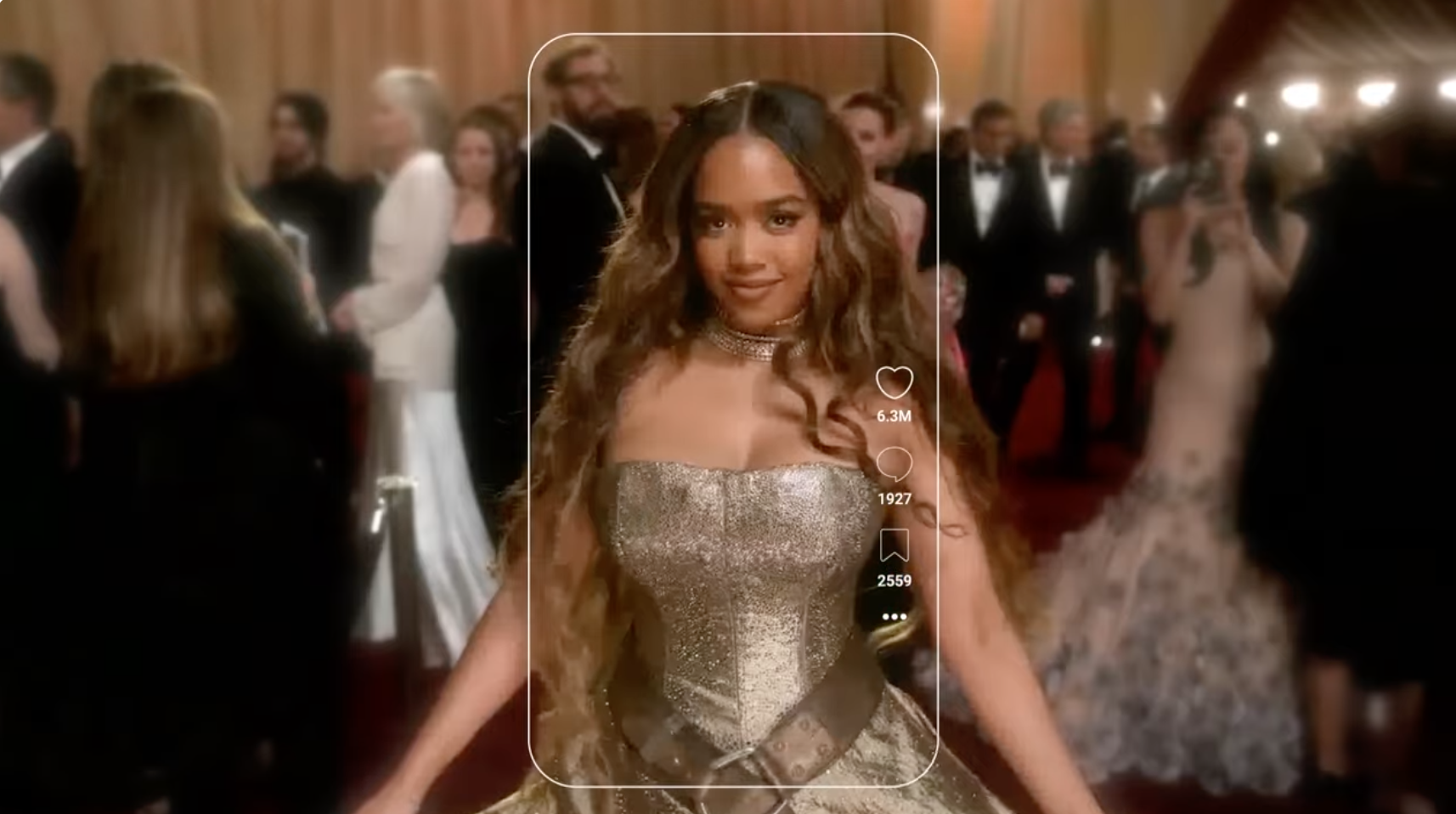

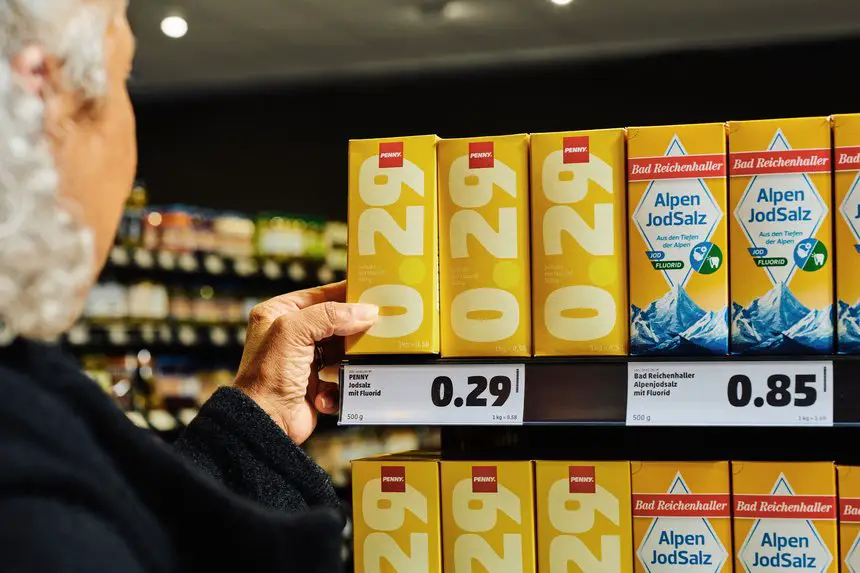
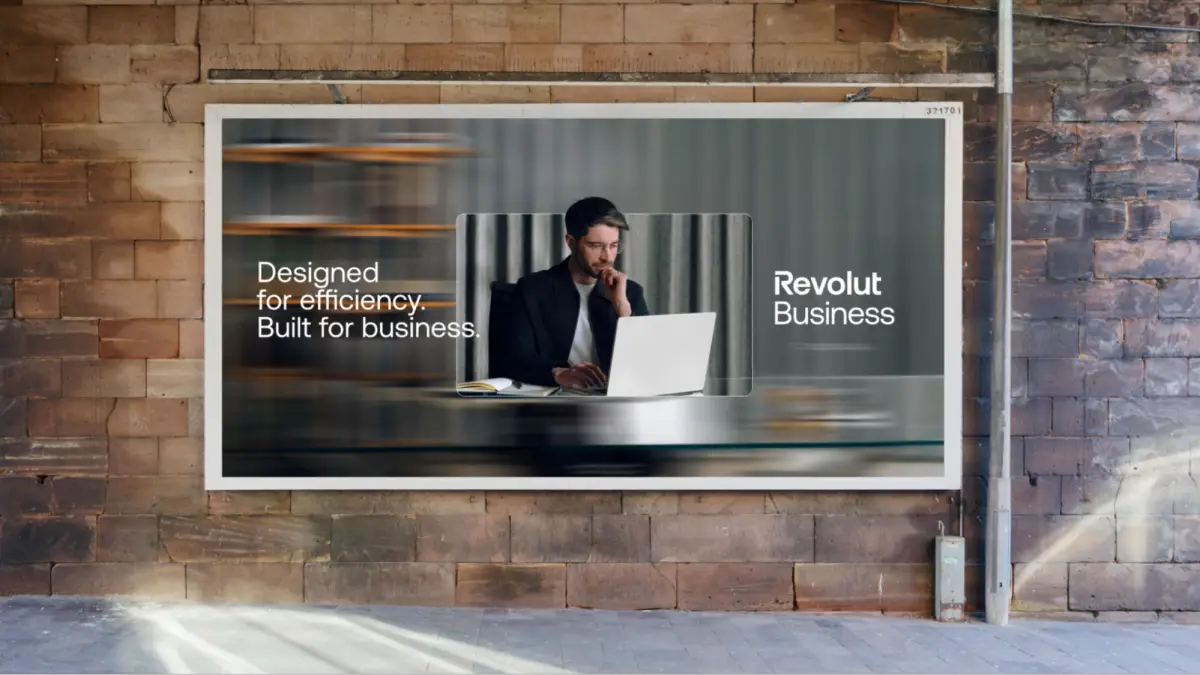

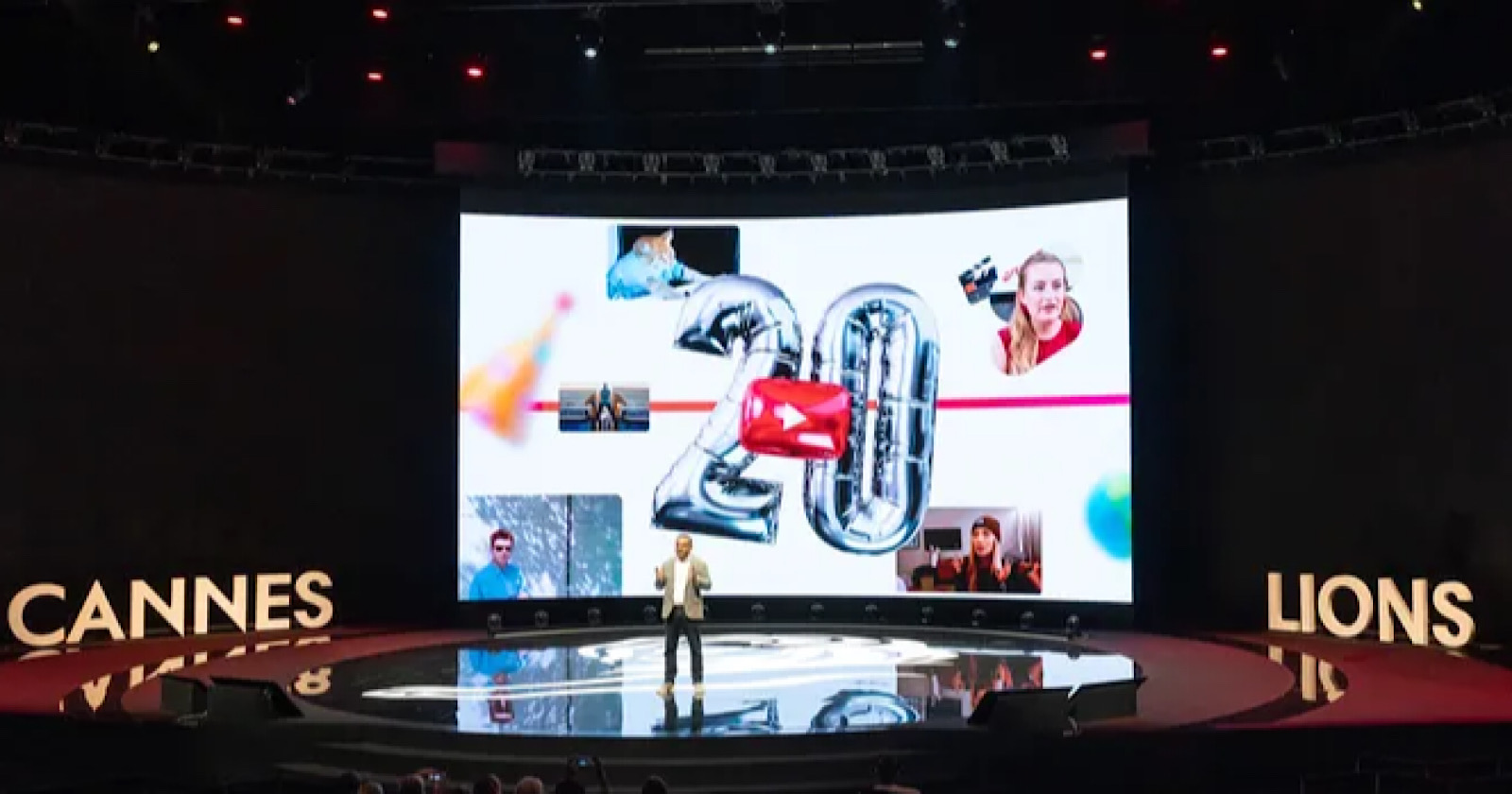





![How To Drive More Conversions With Fewer Clicks [MozCon 2025 Speaker Series]](https://moz.com/images/blog/banners/Mozcon2025_SpeakerBlogHeader_1180x400_RebeccaJackson_London.png?auto=compress,format&fit=crop&dm=1750097440&s=282171eb79ac511caa72821d69580a6e#)

![Brand and SEO Sitting on a Tree: K-I-S-S-I-N-G [Mozcon 2025 Speaker Series]](https://moz.com/images/blog/banners/Mozcon2025_SpeakerBlogHeader_1180x400_LidiaInfante_London.png?auto=compress,format&fit=crop&dm=1749465874&s=56275e60eb1f4363767c42d318c4ef4a#)





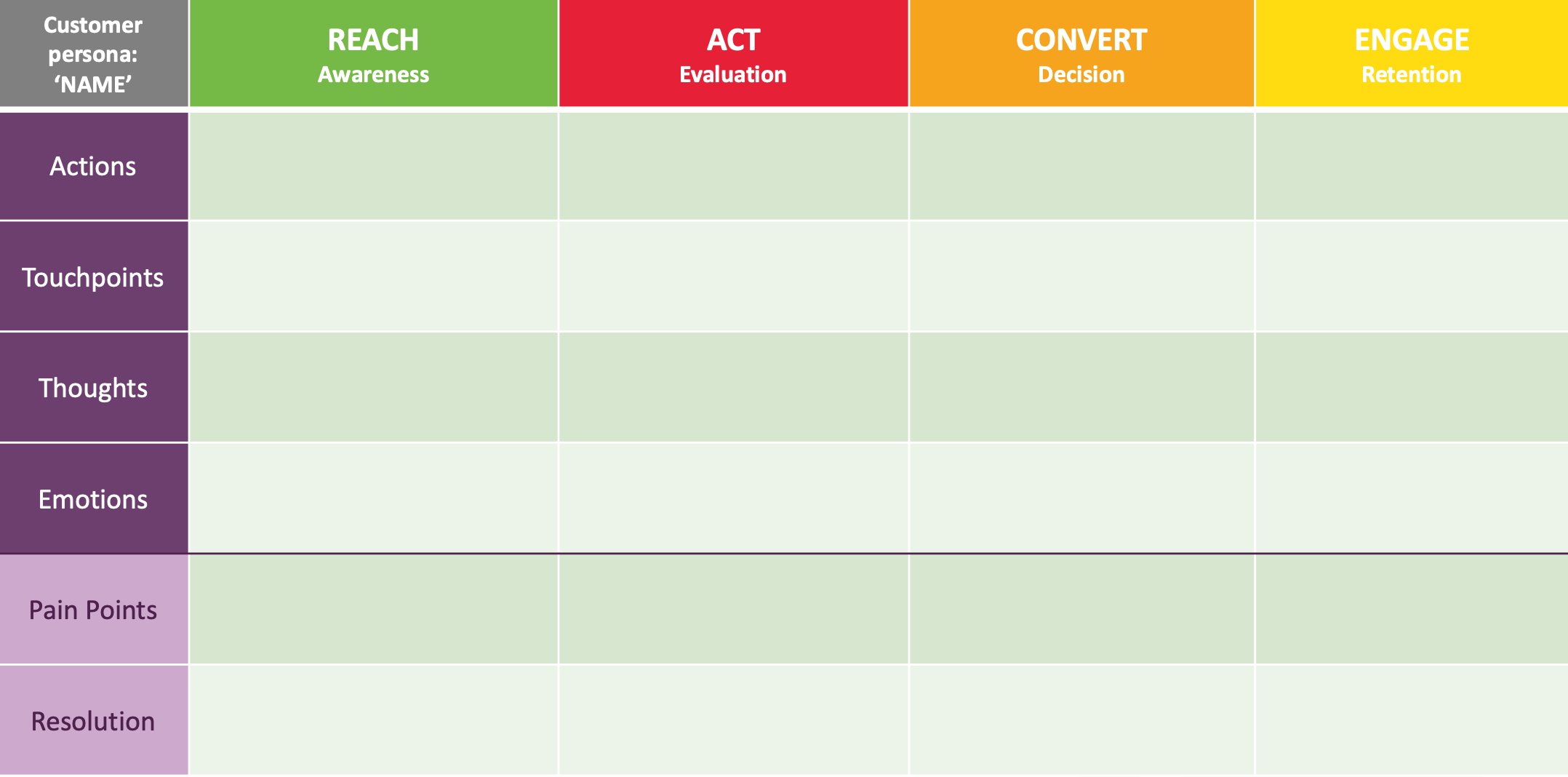


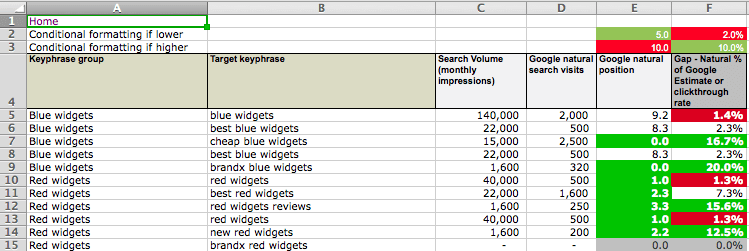












![The 11 Best Landing Page Builder Software Tools [2025]](https://www.growthmarketingpro.com/wp-content/uploads/2024/04/best-landing-page-software-hero-image-1024x618.png?#)


































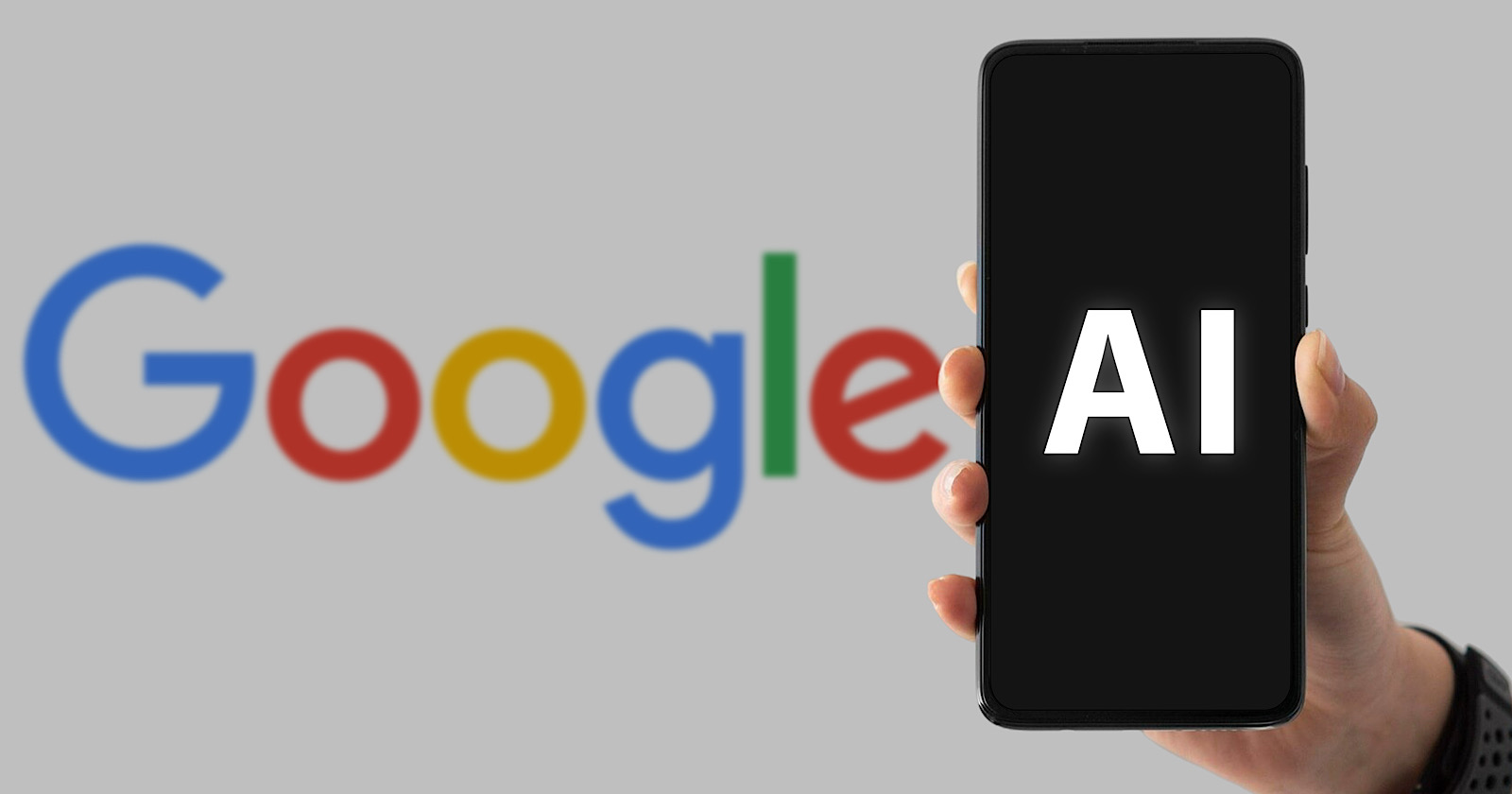
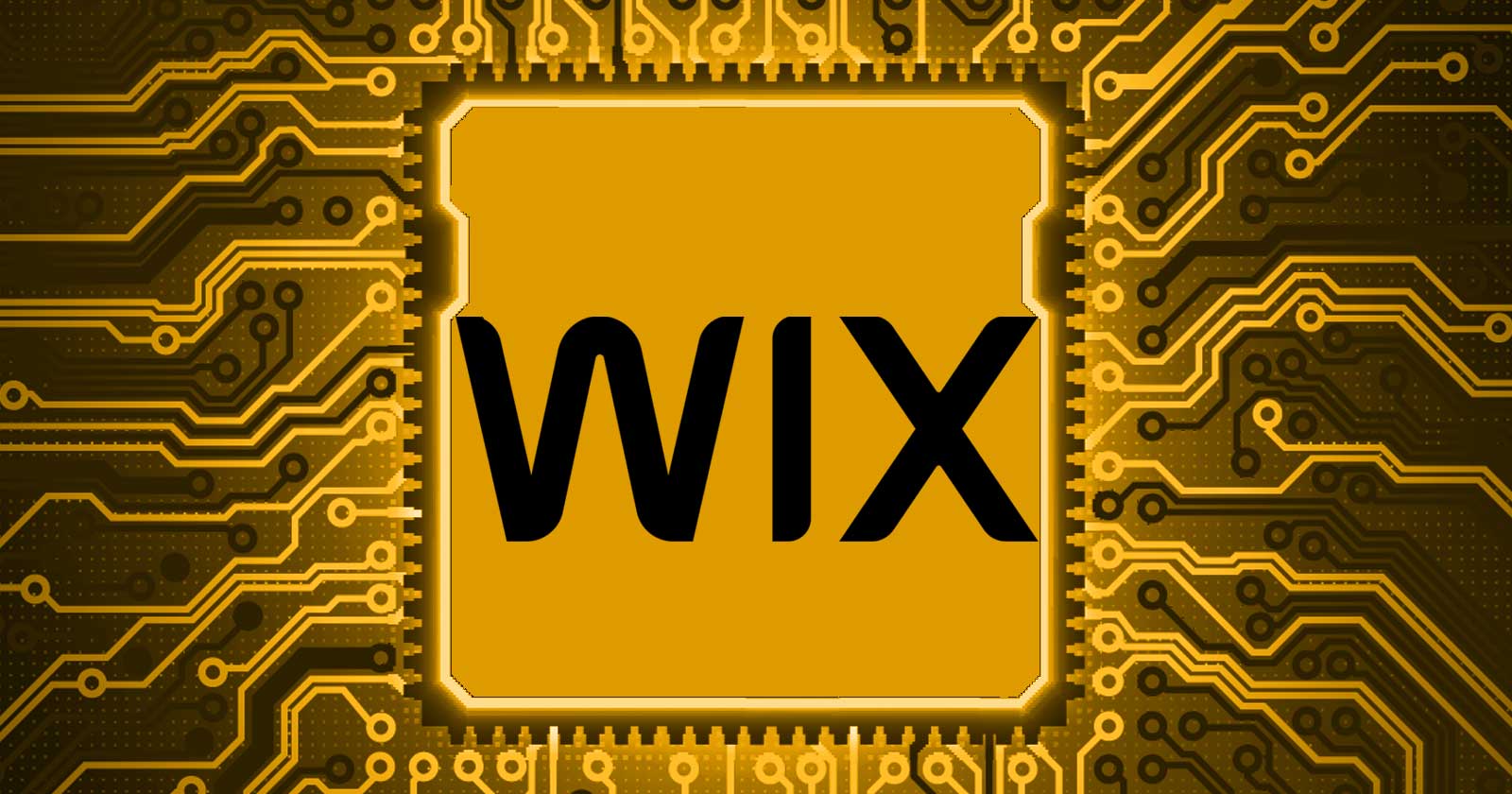



![How to Create an SEO Forecast [Free Template Included] — Whiteboard Friday](https://moz.com/images/blog/banners/WBF-SEOForecasting-Blog_Header.png?auto=compress,format&fit=crop&dm=1694010279&s=318ed1d453ed4f230e8e4b50ecee5417#)
![How To Build AI Tools To Automate Your SEO Workflows [MozCon 2025 Speaker Series]](https://moz.com/images/blog/banners/Mozcon2025_SpeakerBlogHeader_1180x400_Andrew_London-1.png?auto=compress,format&fit=crop&dm=1749642474&s=7897686f91f4e22a1f5191ea07414026#)

![AIO Hurting Traffic? How To Identify True Loss With GA4, GSC & Rank Tracking [Webinar] via @sejournal, @lorenbaker](https://www.searchenginejournal.com/wp-content/uploads/2025/06/stat-sej-webinar-june-2025-668.png)







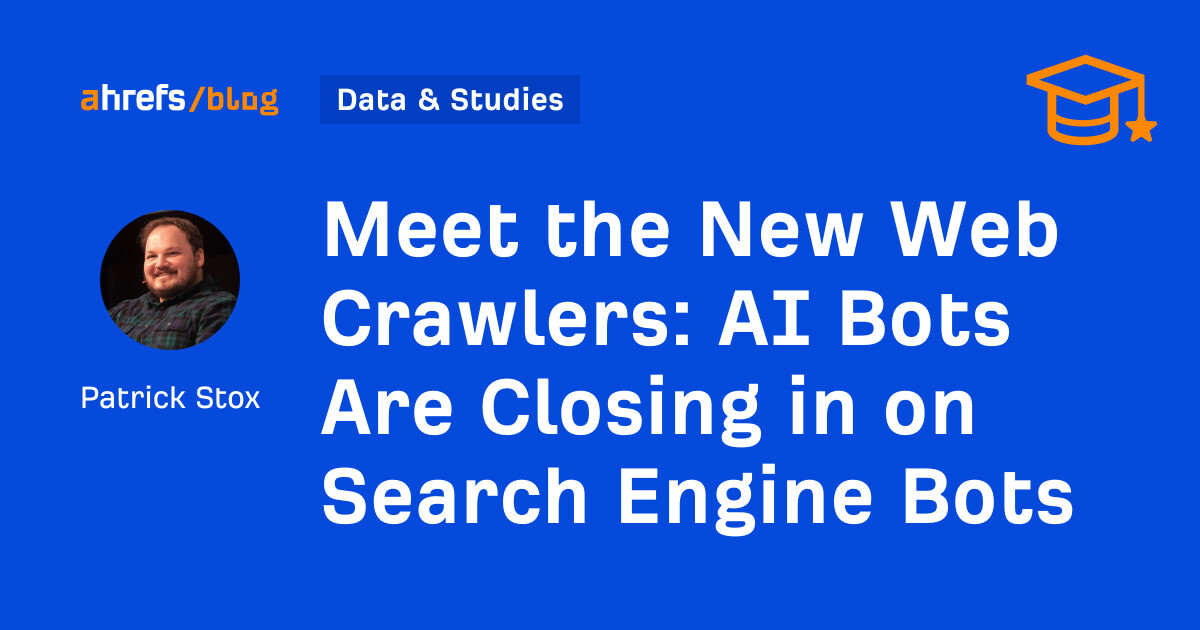
![AI Content Is 4.7x Cheaper Than Human Content [+ New Research Report]](https://ahrefs.com/blog/wp-content/uploads/2025/06/ai-content-is-4.7x-cheaper-than-by-ryan-law-data-studies.jpg)
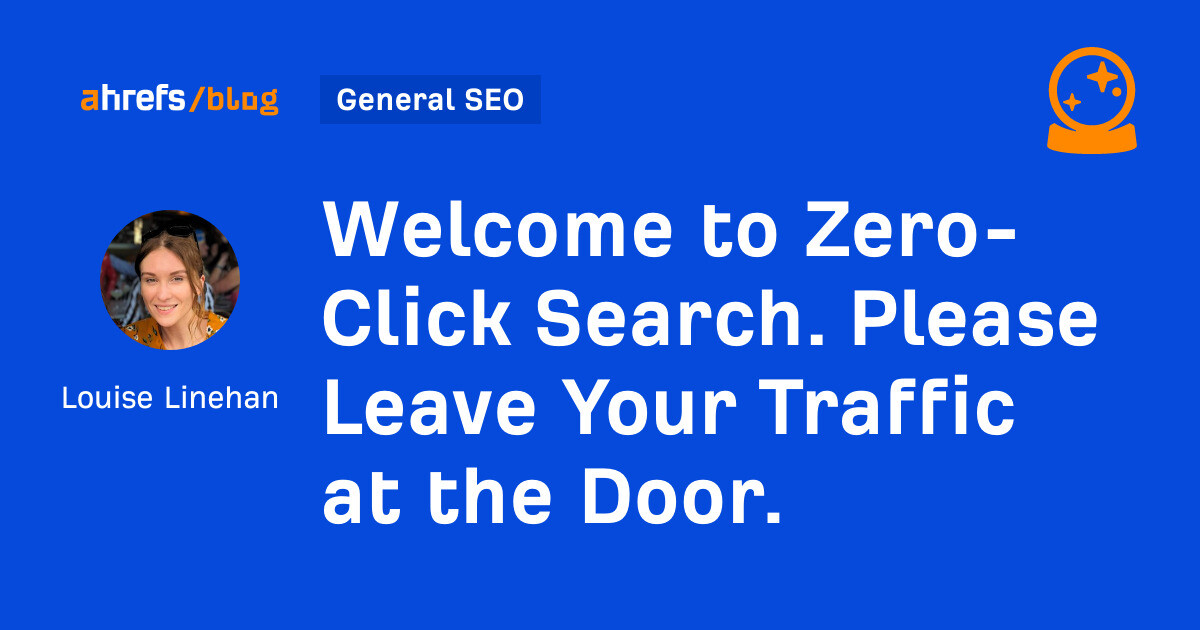
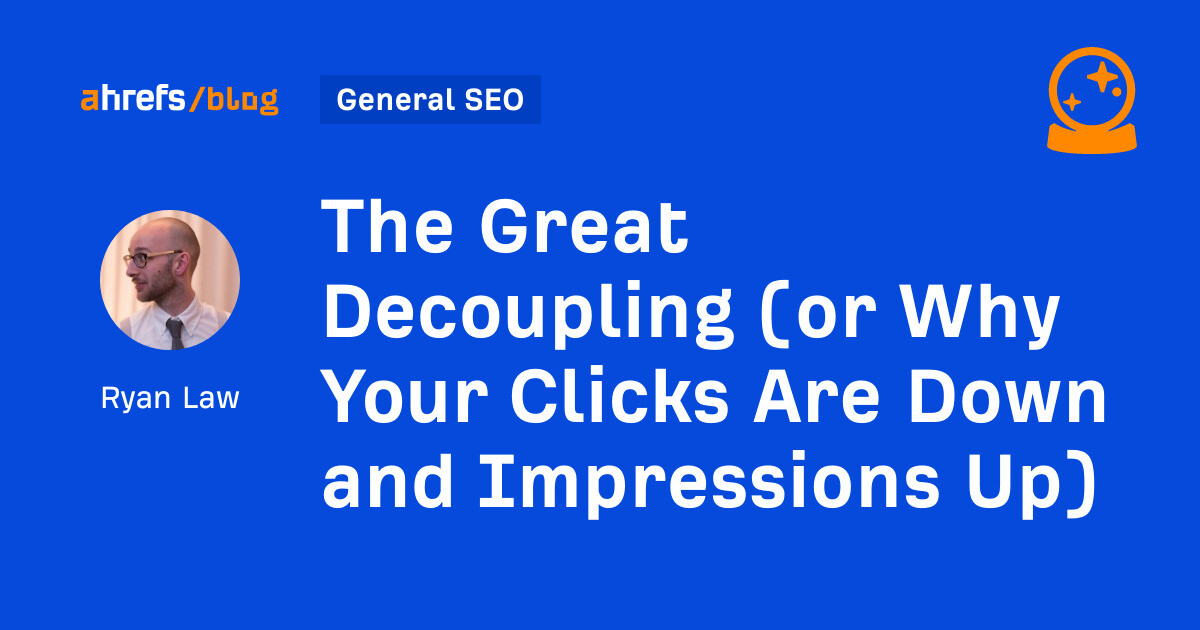

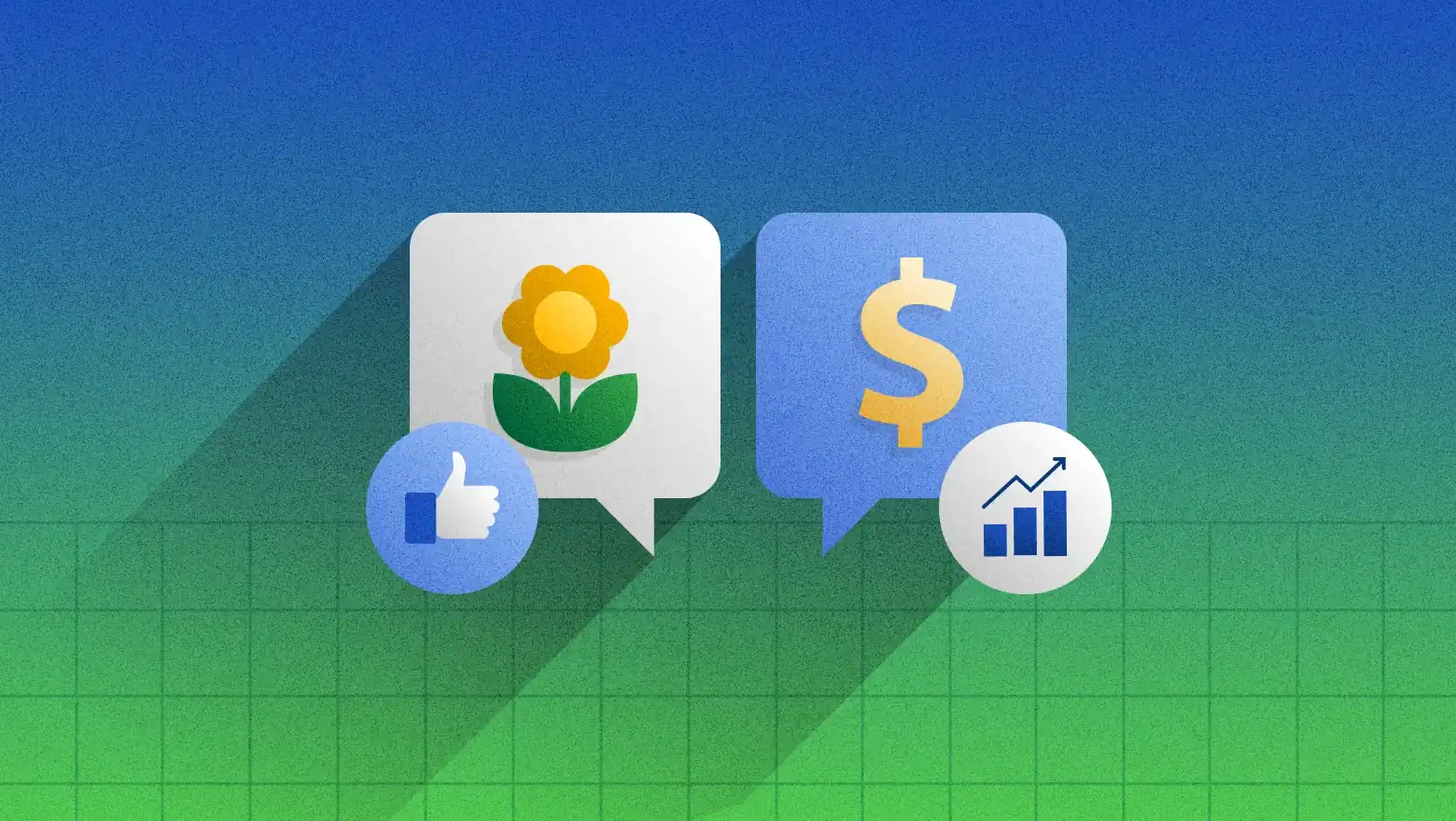

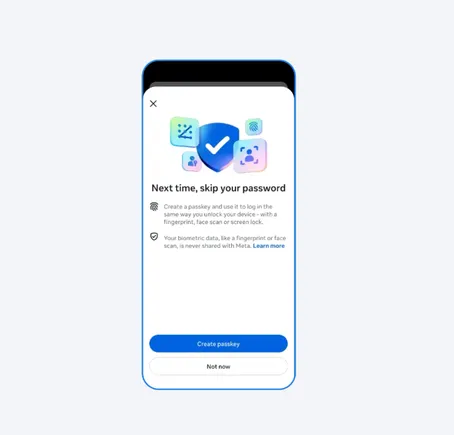

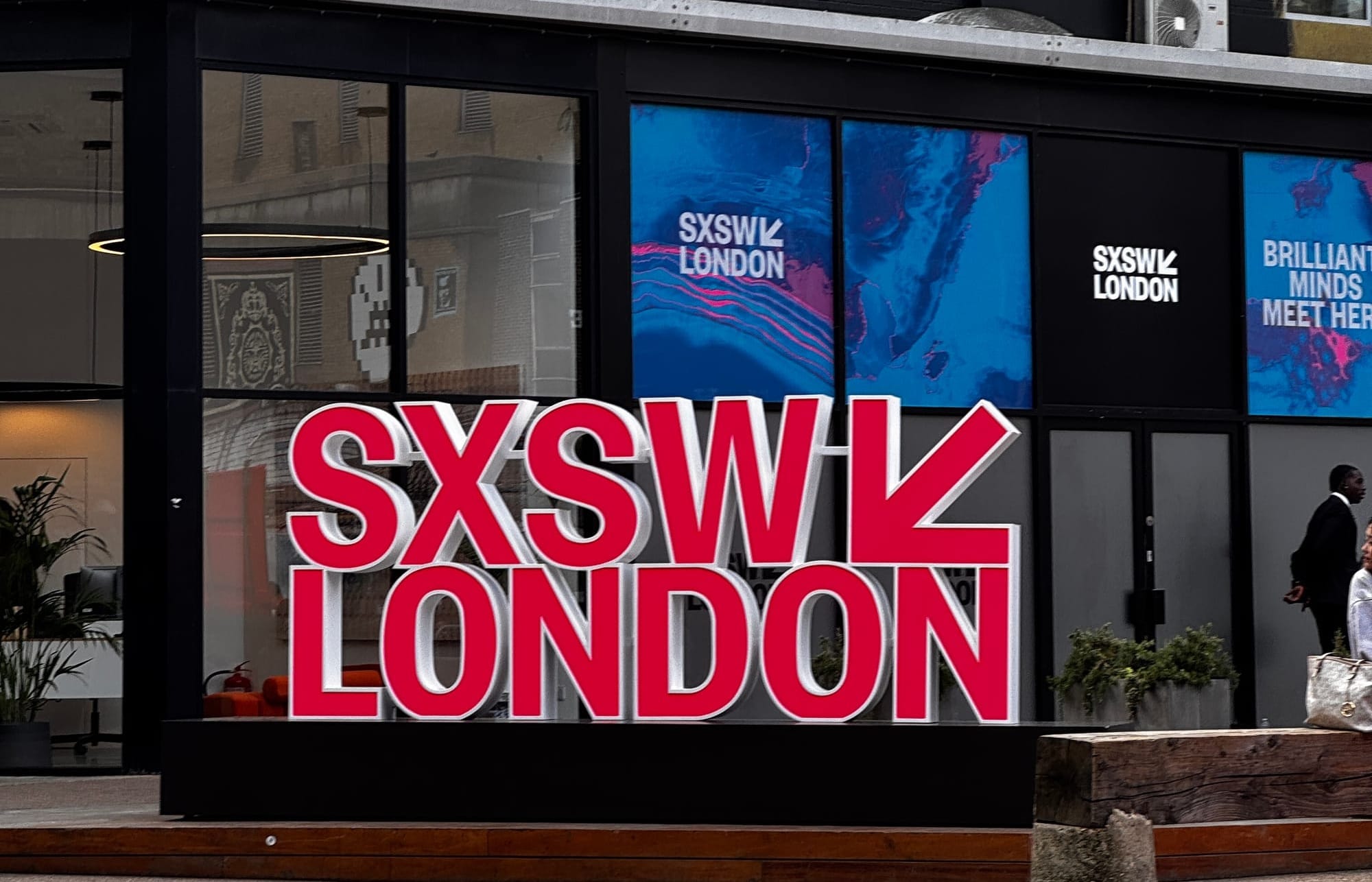







![Brand pitch guide for creators [deck and email templates]](https://blog.hootsuite.com/wp-content/uploads/2022/06/brand-pitch-template.png)

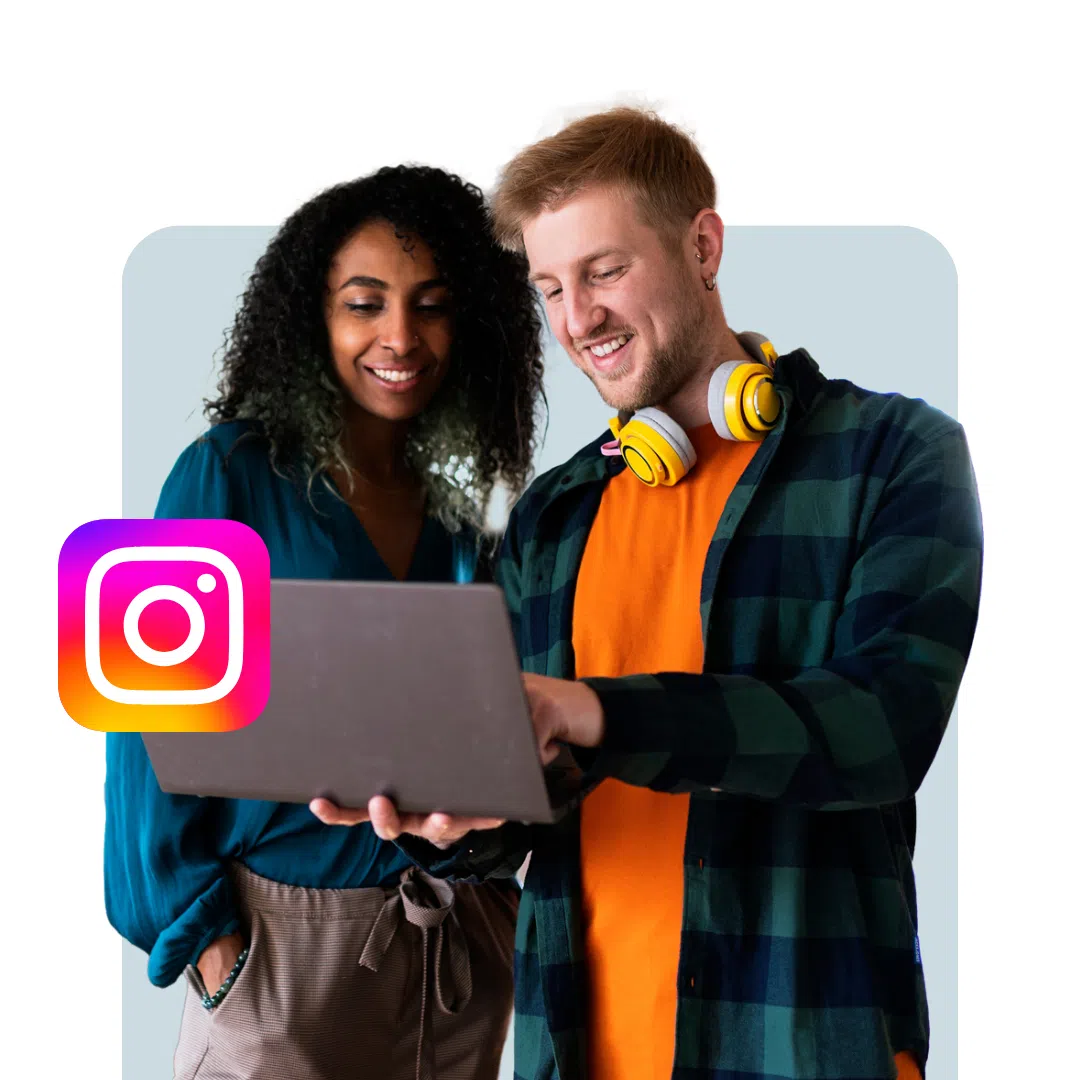


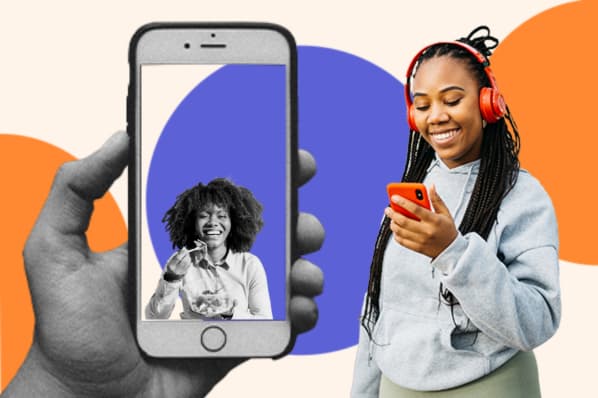

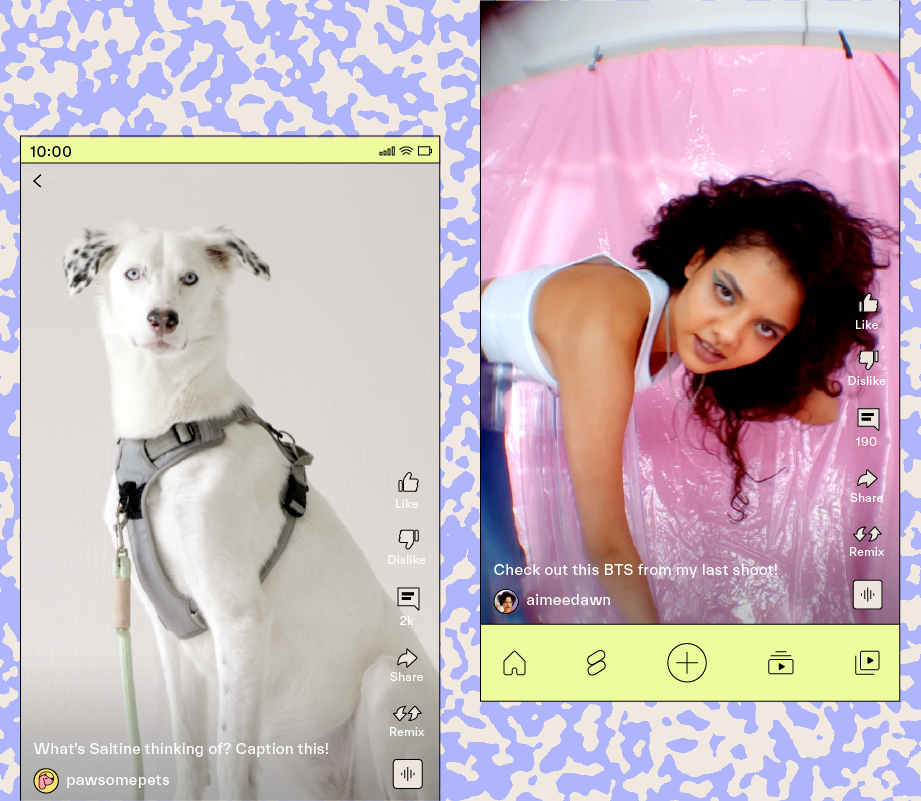
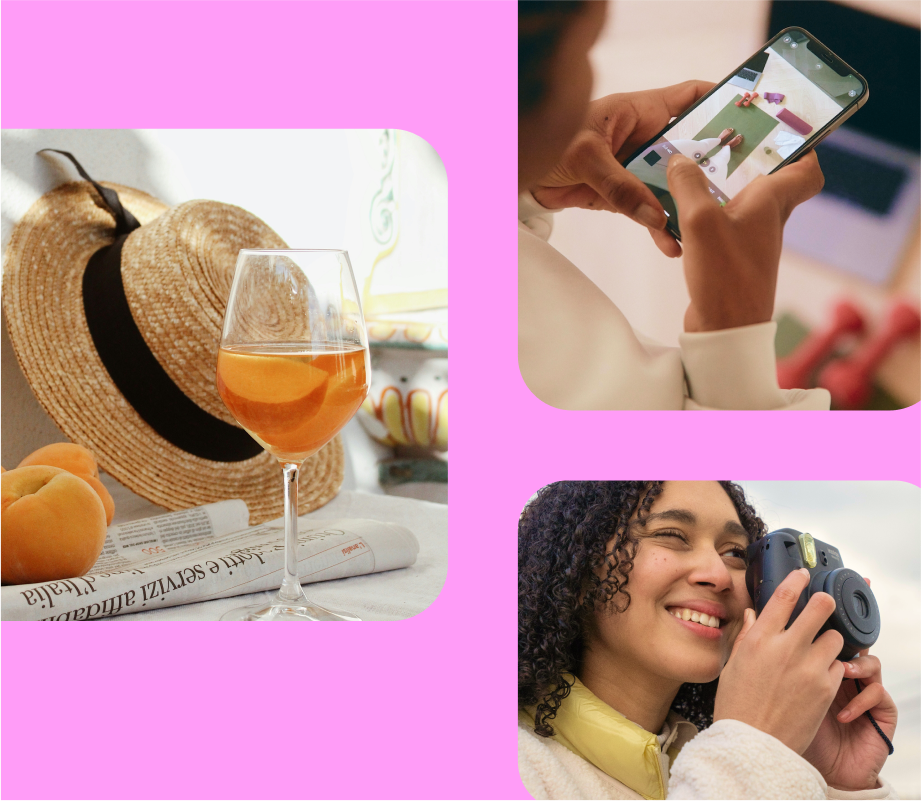
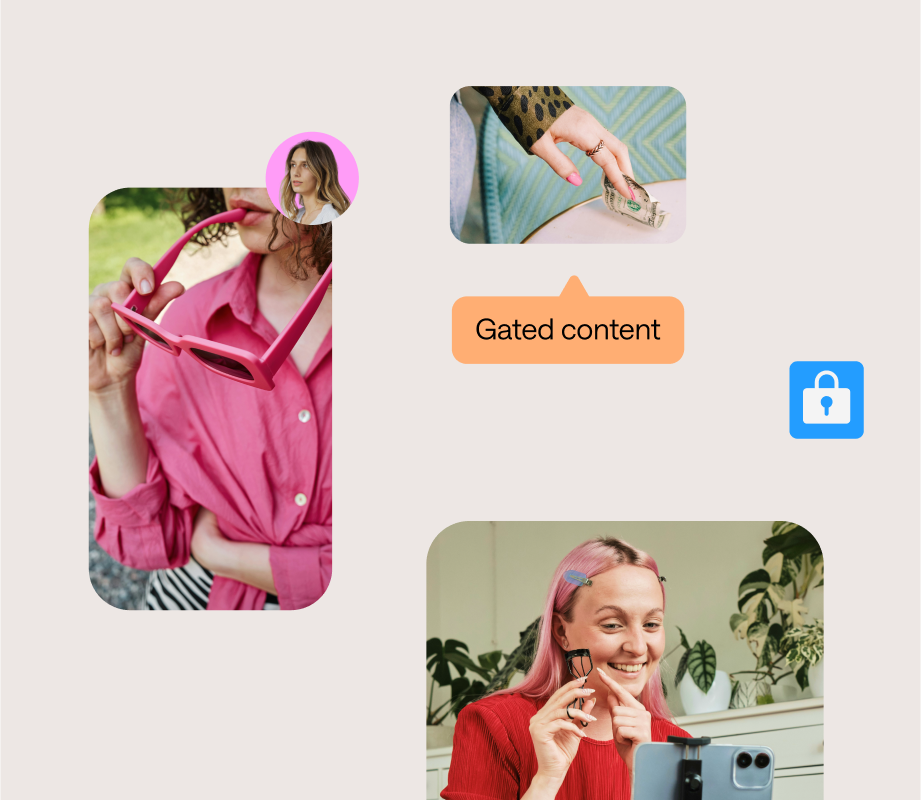

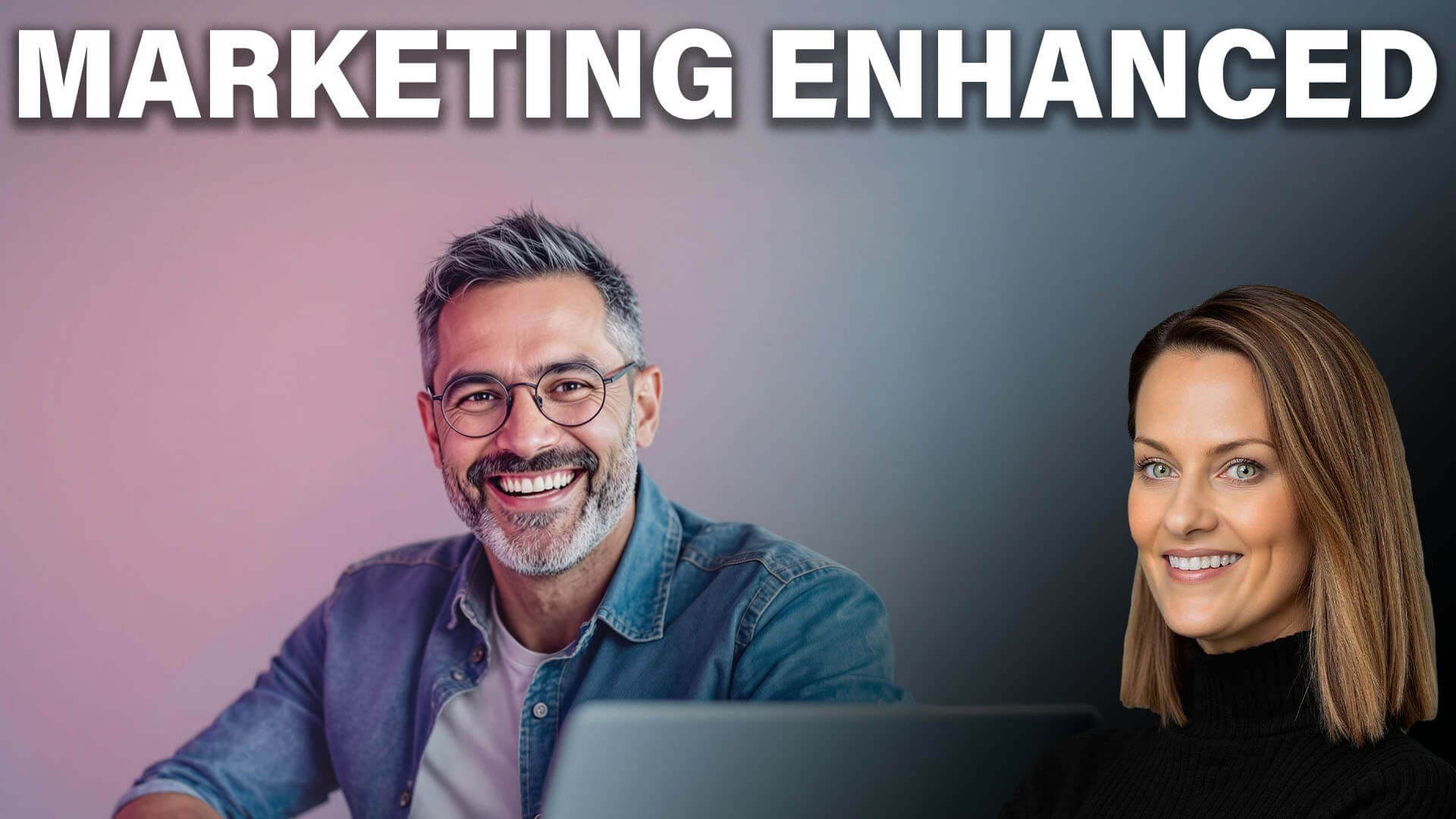
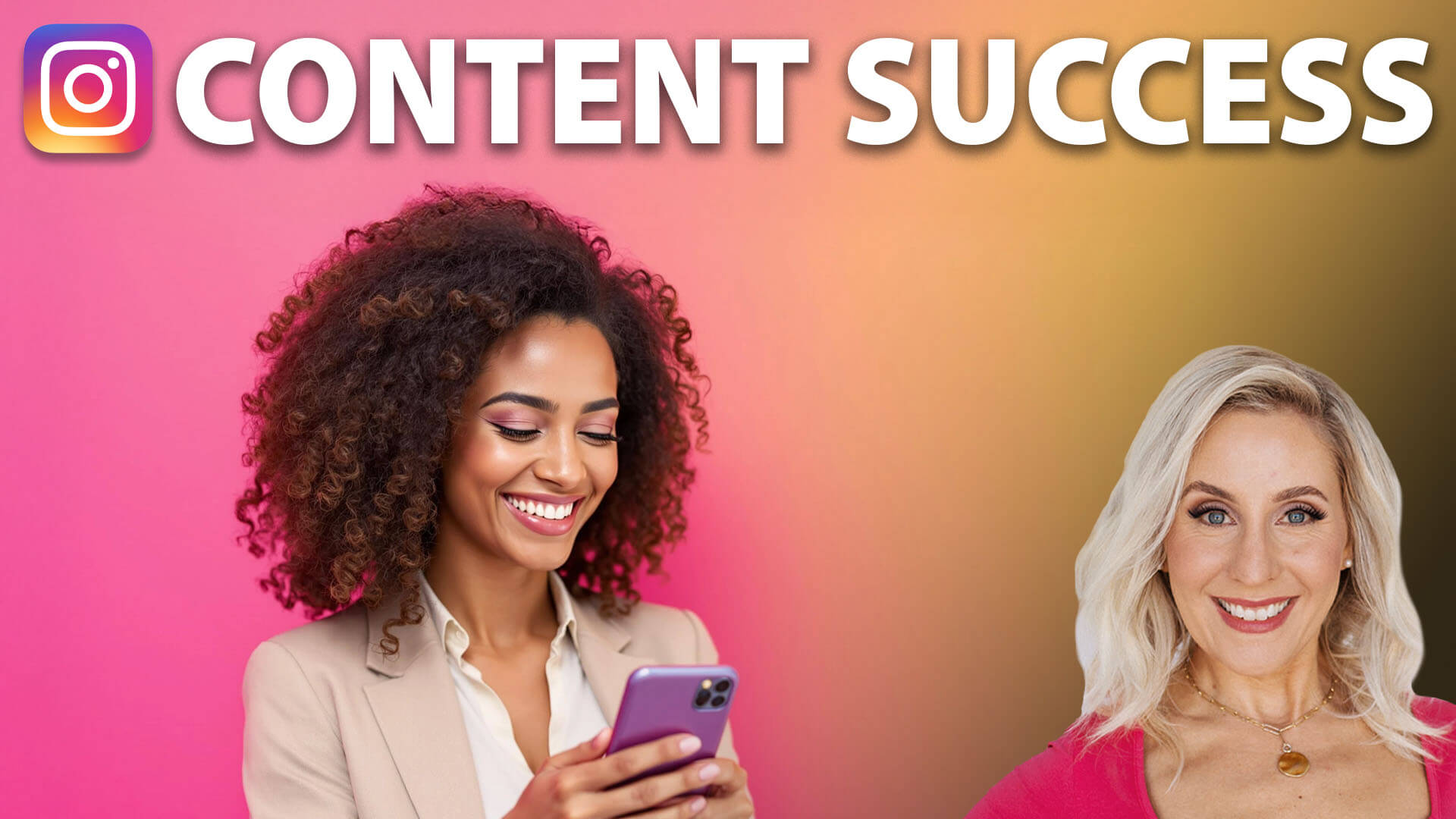

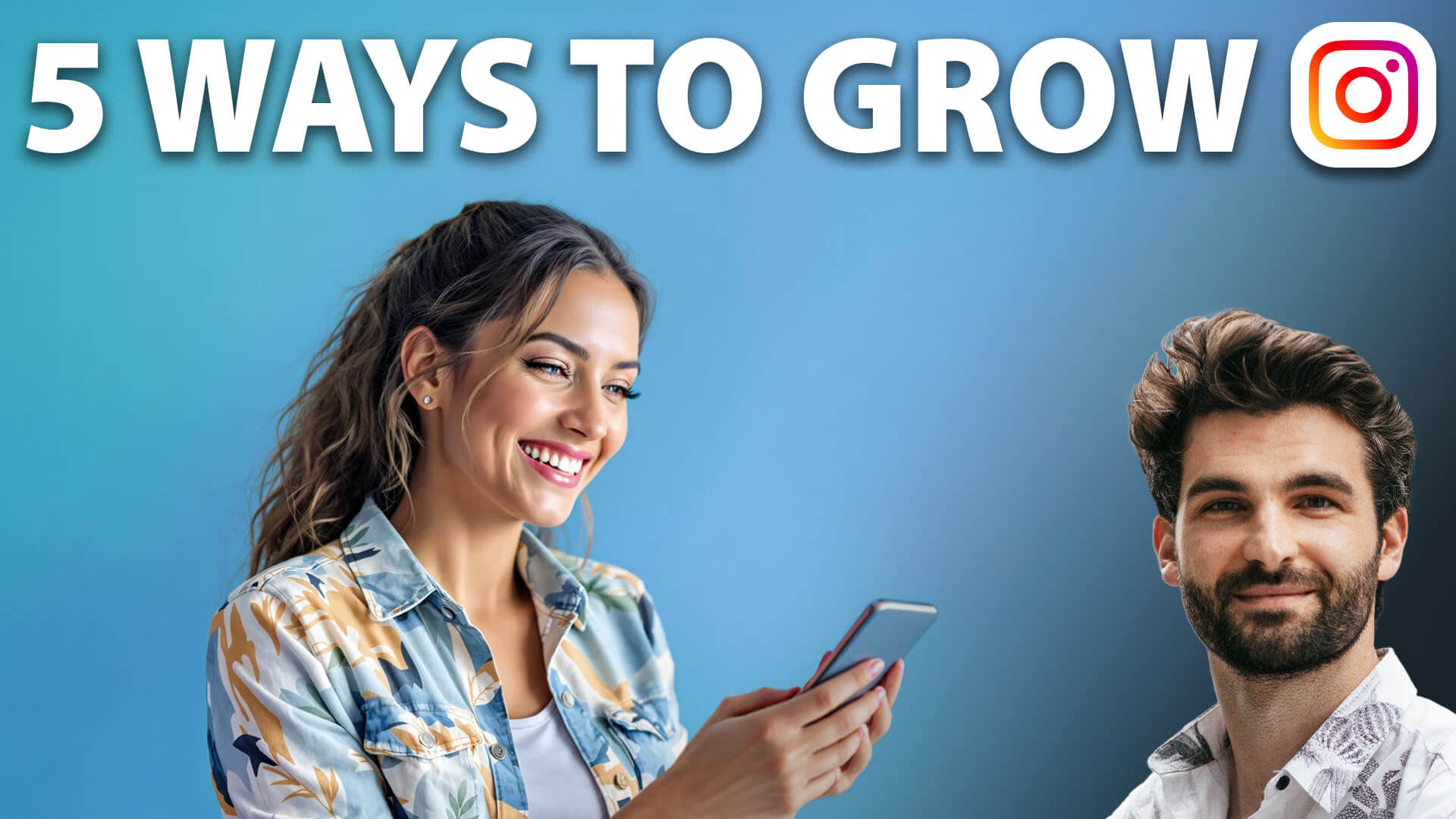



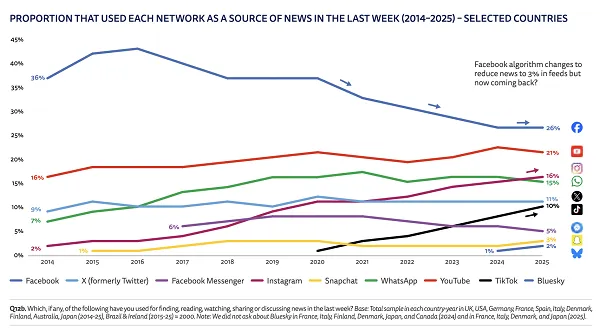
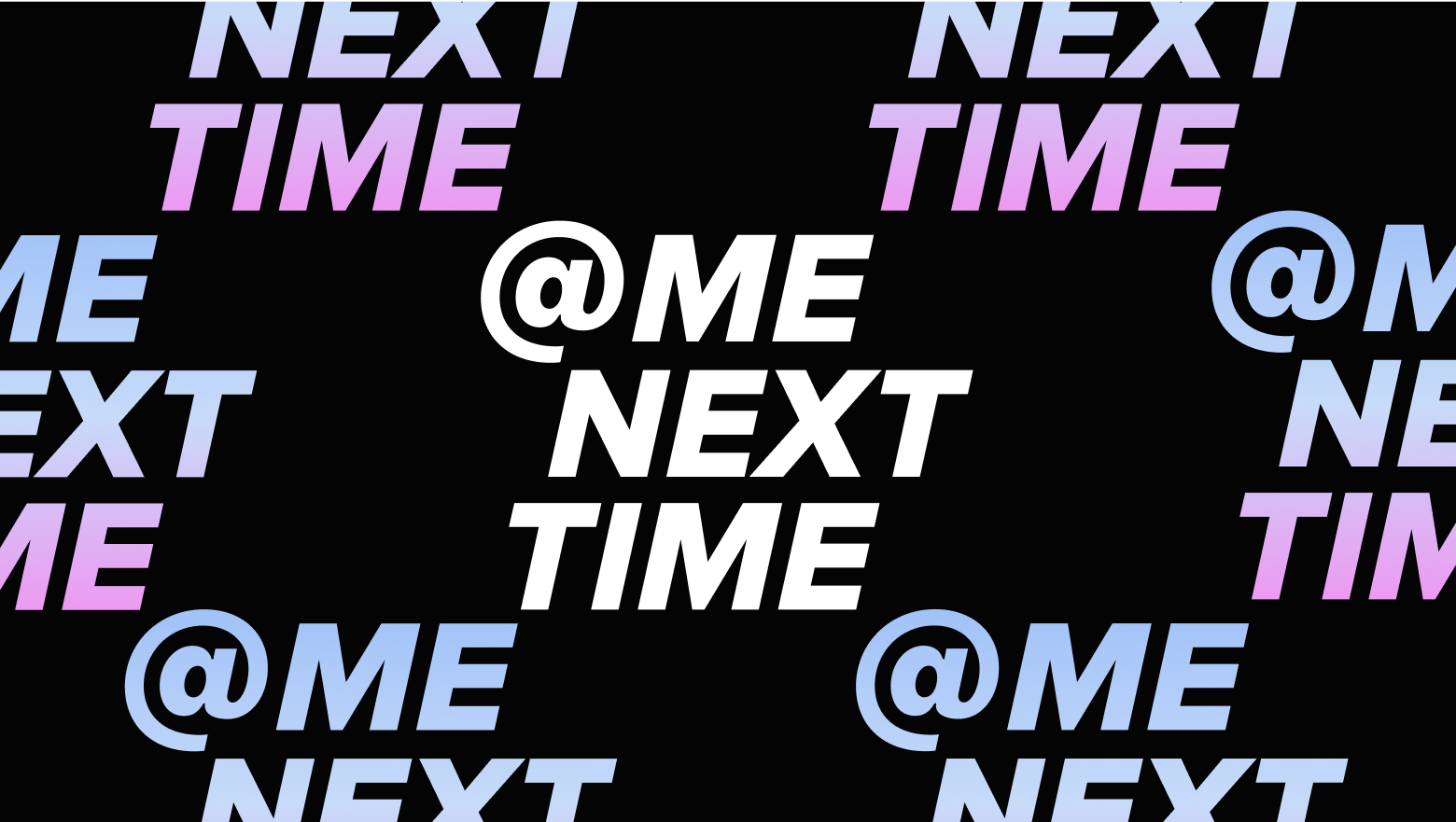

![Download Now: The 2025 State of Social Media Trends [Free Report]](https://no-cache.hubspot.com/cta/default/53/3dc1dfd9-2cb4-4498-8c57-19dbb5671820.png)
![8 ways to use AI in digital marketing [+ examples]](https://www.hubspot.com/hubfs/Google%20Drive%20Integration/ai%20marketing_32023-4.png)

